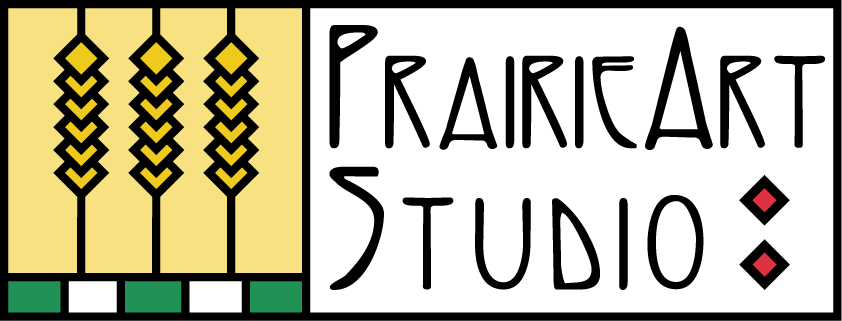Drawing realistically requires looking at real things…It sounds obvious and simple but most students at every level need to be reminded at times not only to do this but how to do this. That’s because looking, really seeing and translating what you see onto paper is a complex activity. This is a skill which can be learned just like reading, music or dance. In order to do this we also need to take into account what kind of learner we are and overcome the brains tendency to want to simplify and categorize things as well.
According to Howard Gardner author of several books on Multiple Intelligences there are 8 Basic Intelligences. These intelligences are present in each of us at varying degrees and must be considered for something to be taught successfully. Visual learners find the drawing process natural. They either already are doing the process unknowingly or once shown the concepts or reminded of them can progress quickly and move onto advancing their skills with different media and subject matter. Non-visual learners need the process broken down in a way they can understand. They may need a little more time and practice, they may need to experience the seeing and interpreting in a different way. Non-visual learners also tend to be more impatient, critical and frustrated with their drawing.
All types of learners benefit from breaking down the process into steps and learning to look at and see things differently. It is a skill, though, that for every student takes practice, trial and error, dissatisfaction and the desire to learn more while letting go of judgment and competition. Drawing at the start involves line, shape, light and shadow, color, negative and positive space then with experiencemore subtleties can be considered such as movement, atmosphere, balance, tone, texture, perspective, focus, reflected light/color and more. There are different ways to teach drawing from “sink or swim” to highly technical instruction (in my art school career I have experienced many of them) but I have found the method that Mona Brookes has developed for drawing with children and beginning adults a method that integrates different kinds of learners and breaks down the beginning process in a way that fosters understanding and success at any age.
I include a number of resource pictures of whatever subject we are drawing in class as well as ideas for backgrounds. If students want to add something else to their picture I encourage them to look up images to draw from rather than draw from memory or imagination because without a reference we tend to go to our brains simplified categorized symbol of an object. The internet is a wonderful source for images to draw. I also want to encourage students and parents to notice things in nature and their everyday activities…How does a flower or branch really grow? Are all leaves, flowers and branches the same shape? How does a light affect the shape of the shadow of a coffee mug or how does the shape of the rim change from different angles? Notice the color of a tree that’s wet or that all trees aren’t green and brown or the same shade of green and brown. Is the sky always blue? Are pumpkins always round and orange? It doesn’t have to be anything in particular just look, notice and really see. Everyone in life and art, even experienced artists, sometimes need a reminder to not take things for granted and not make assumptions but to see with fresh eyes the things around us.
Resources:
Mona Brookes, Drawing with Children, New York: Jeremy P. Tarcher/Penguin, 1996.
Howard Gardner is the Hobbs Professor of Cognition and Education at the Harvard Graduate School of Education.
